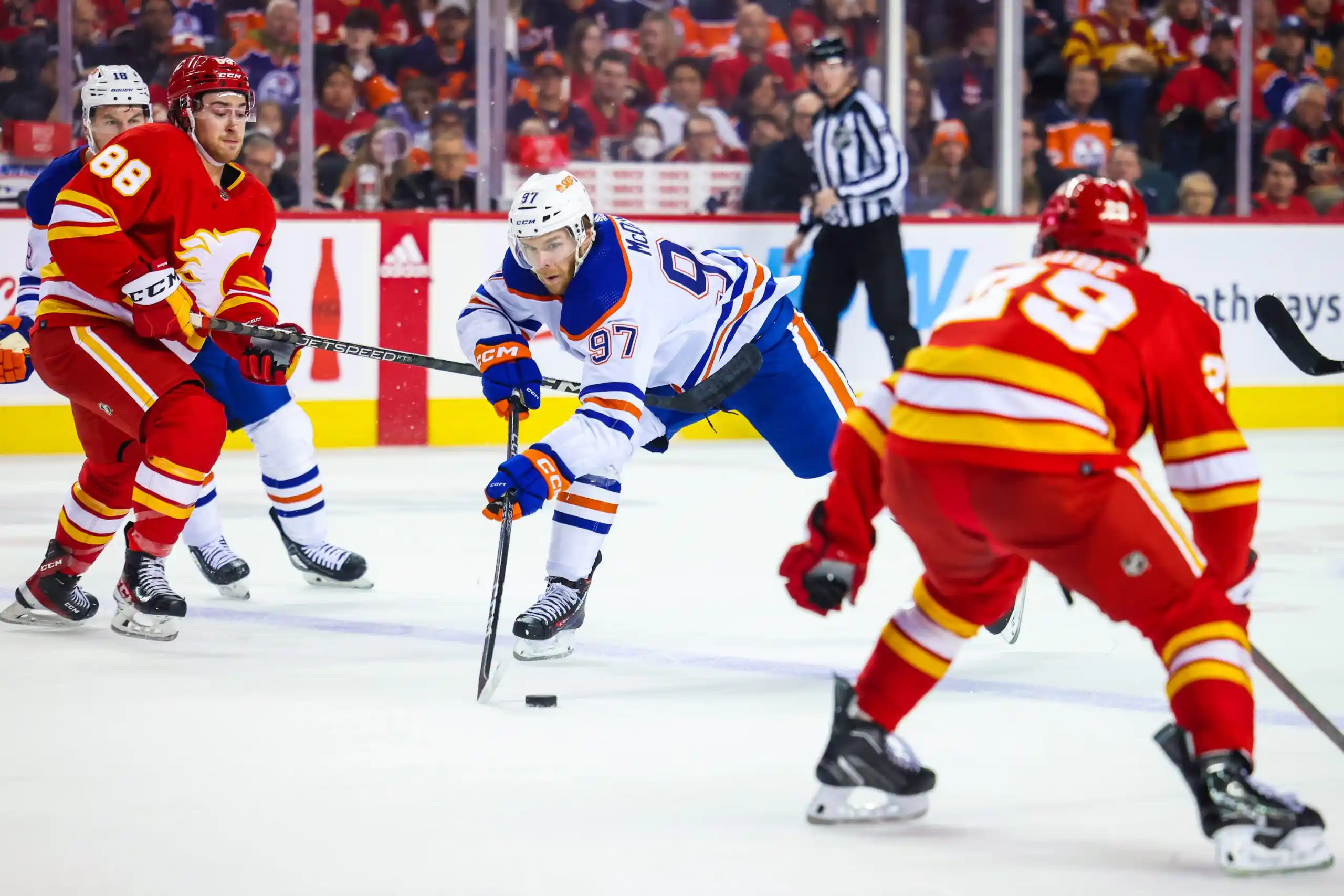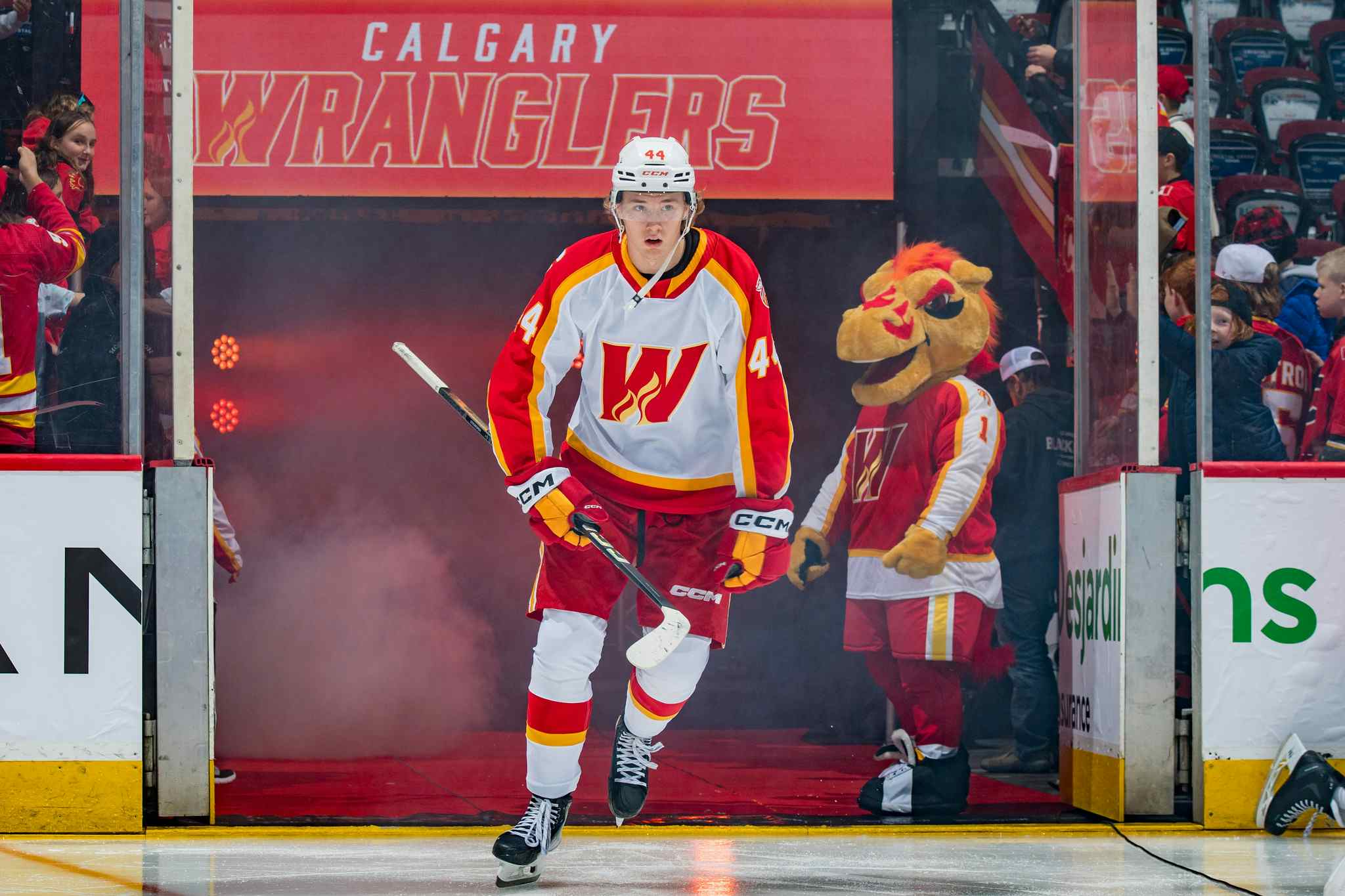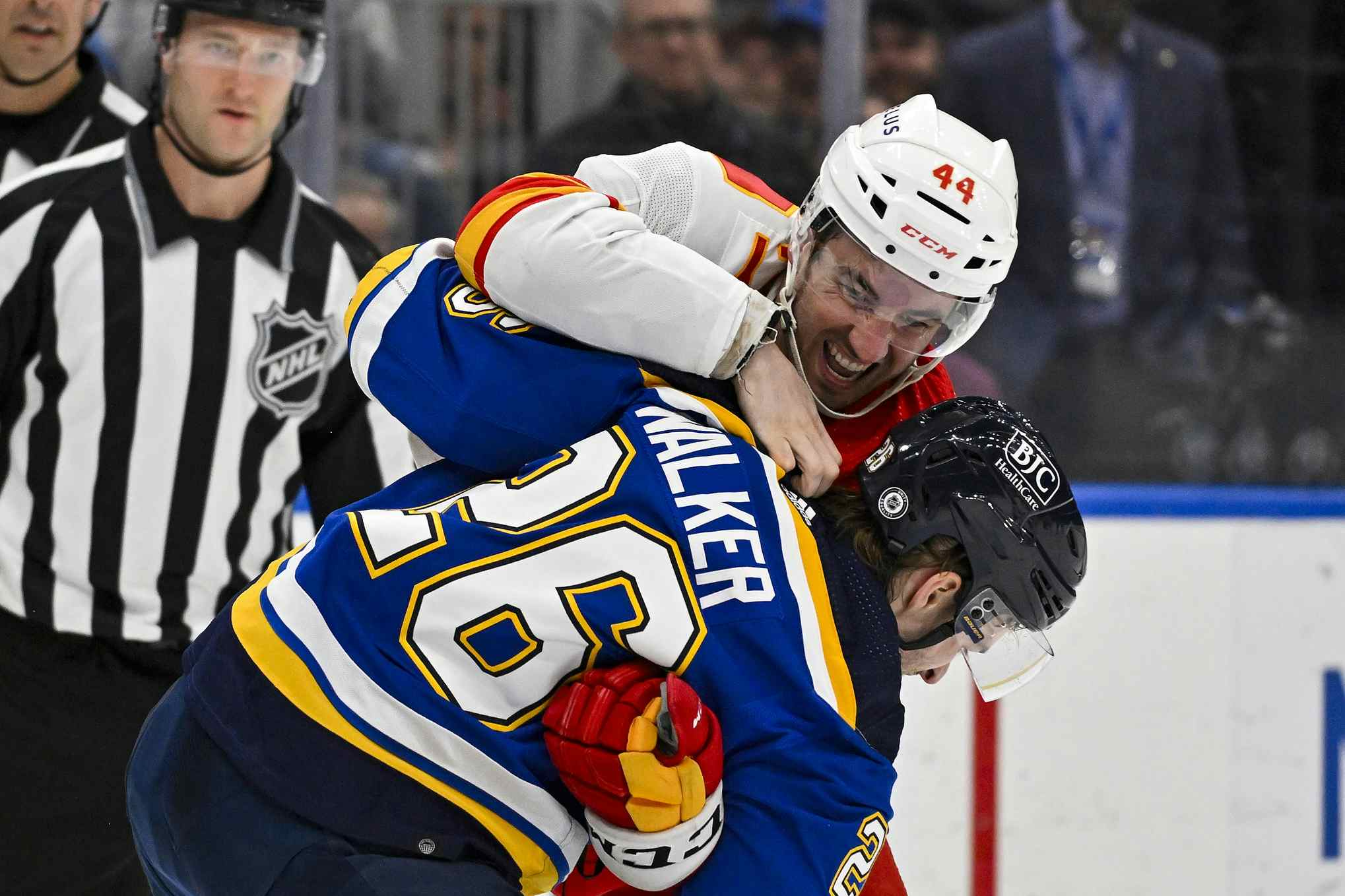Dorkapalooza – A look at the MIT Sloan Sports Analytics Conference
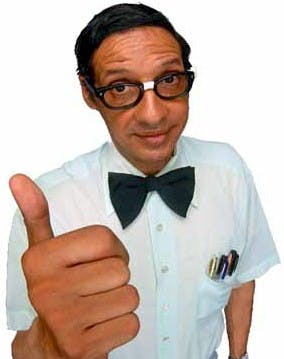
The Sloan Sports Analytics Conference, affectionately dubbed Dorkapalooza by ESPN’s Bill Simmons, is an annual student-run hockey stats seminar hosted at MIT in Boston. It was founded in 2006 by Daryl Morey of the Houston Rockets and Jessica Gelman to “provide a forum to discuss the increasing role of analytics in the sports industry.”
This year in was attended by about 2,200 people, including students, professors, front offices, reporters, scouts, agents and fans, of which about 300-500 attended the hockey-specific programs, among them Chris Snow of the Calgary Flames.
The Cutting Edge…Err Not Really
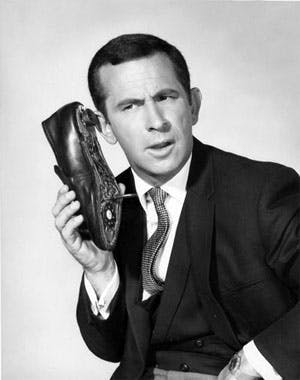
While you might be on the edge of your seat waiting to hear the exciting ways that the league is using incredible statistics to improve how our beloved sport is played, let me encourage you to snuggle right back into the bucket of your chair – nothing to see here.
In order to have a discussion about the latest developments in hockey analytics, you’d want a panel liberally sprinkled with analysts on the cutting edge, like Gabriel Desjardins whose Behind the Net site is the sole provider of the most advanced and relevant statistics and from accessible advances like drawing penalties and zone starts to the more advanced shot-based metrics and Quality of Competition; or like Vic Ferrari, innovator of many of the aforementioned statistics, and whose TimeOnIce.com site is essentially the only way to collect specific situational shot-based metrics for teams or players. Combine analysts like them with the Billy Beanes of NHL front offices, and you’d really have something exciting.
Instead we got Brian Burke and Mike Milbury.
While hockey has been notoriously slow to adopt analytics, there are still roughly a dozen NHL teams at some stage of using advanced analytics, according to Pittsburgh’s Dan MacKinnon, of which eight sent representatives to this conference. Unfortunately Toronto is clearly not one of those twelve teams, with Burke ridiculing statistical analysis in his opening speech, and scoffing at everything even remotely analytical that accidentally arose throughout the day.
Now the official public position of most NHL teams is that statistical analysis is useless in hockey, but there’s some debate about whether they’re just saying that to avoid tipping their hands, or whether they’re genuinely stupid. Having personally worked with NHL front offices who were eager to soak up even the smallest scrap of analytic knowledge (one who even fired their coach later that week –coincidentally I trust), and knowing several analysts who have been asked for far more (there are quite a few teams who have Desjardins on speed-dial), I’ve always believed that it’s more a case of the former than the latter.
Where are the Calgary Flames on this? They recently hired Chris Snow, and he was in attendance at the conference, but that’s all we really know. We have reached out to him but to my knowledge he has yet to engage any of the established local statistical analysts. While apparently not a league leader, at least they’re off to a start.
The Edmonton Oilers seem to be a bit further ahead in this Battle of Alberta, with Snow’s approximate counterpart Nick Wilson having invested in a five-person hockey analytics team of their own, and having brought Assistant GM Ricky Olczyk with him to the conference for a closer look this year.
Where To Go From Here
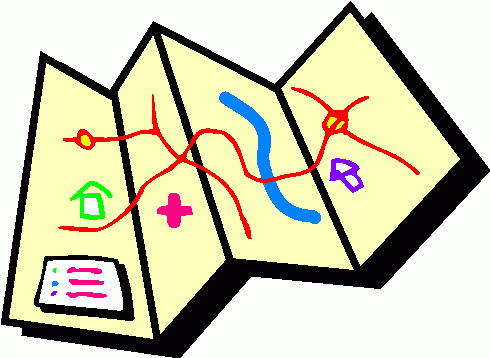
Back to the Conference, which fortunately had at least some of its value salvaged with the inclusion of one statistical hockey analyst, St. Lawrence University’s Michael Schuckers, who you may know from Defense-Independent Goalie Ratings (DIGR) – and he was just a last-minute addition.
In fairness Desjardins was reportedly invited, but declined due to lack of financial sponsorship – perhaps that was the case for Ferrari and others as well. Can’t some NHL team spring a few grand for a flight and hotel and effectively double the value of the panel?
Hockey analytics obviously draws its inspiration from baseball, and Moneyball was essentially about how you could use analytics to get your teams small advantages that ultimately add up to more and more wins. It works by quantifying value for various game events, finding which ones have the biggest impact, and moving teams in those directions. Just as baseball teams improved by finding players who could get on base, today’s hockey teams could get an edge by finding players who tilt the ice in their favour possession-wise, in a variety of ways.
For example, Schuckers presented his studies on winning faceoffs, which get you 1 goal for every 100 face-off wins. According to the 3-1-1 rule (3 goals gets you roughly 1 point in the standings and is worth roughly $1 million), a marginal player like Jeff Halpern can earn much of his salary at the faceoff dot alone.
Unfortunately most of the conference was derailed with nonsense discussions, like how a player’s weight is allegedly the most important analytic factor in determining whether a draft pick will be a bust (are you listening Iain Fyffe and Corey Pronman?) and how much plus/minus sucks – a debate that’s only worth engaging in if you have a DeLorean. While it’s interesting that, according to Peter Chiarelli, Boston’s using a new version of plus/minus that incorporates scoring chances, that’s something that would only be useful to Roger Nielsen if you sent it back in time at least 40 years.
Sadly Schuckers could be right that it’ll be at least ten more years before advanced hockey analytics are adopted in hockey. In fairness, at least the sport is off to a start, and there’s some real long-term potential. The Calgary Flames would be wise to join Edmonton as an early adopter, and build an analytics team of their own.
Recent articles from Robert Vollman


